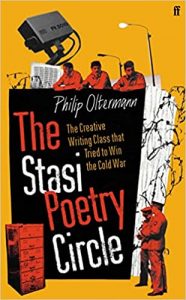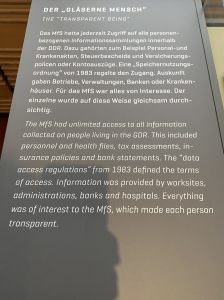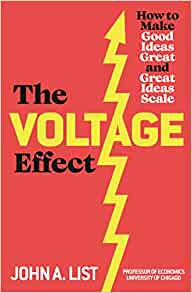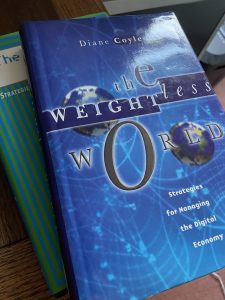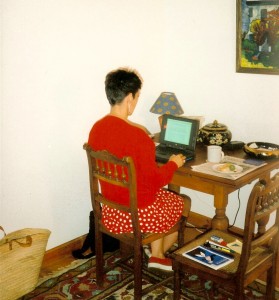A while ago I read two of the books about the development of the Covid19 vaccines, Vaxxers by Sarah Gilbert and Catherine Green, and Spike by Jeremy Farrar. There’s also a fascinating Kate Bingham lecture about how she led the UK’s vaccines taskforce, dealing on the one hand with the manufacturers and scientists and on the other with the UK system of government. I also recommend a Petersen Institute report on the supply chains and how they evolved.
This by way of prelude to having this week read The Vaccine by Joe Miller, with the BioNTech duo Özlem Türeci and Ûgur Sahin. In some ways the story is similar to the Gilbert & Green account of the Oxford/AstraZeneca one, brilliant basic science done on a small scale. Like the Oxford scientists, the Mainz ones were sure early on that Covid19 was a serious threat and acted on that in an impressive display of foresight. What is equally amazing was the acceleration of the usual development process, and unbelievably complex scaling up of production and distribution in a fraught and political environment. The supply chains are mind-boggling: at the initial stages the BioNTech/Pfizer vials had to travel around Germany, Austria and Northern Italy but also – for packing into vials and labelling – to Northern Ireland, all at minus 70 Celsius. All this when it was tricky even getting sausages into N Ireland post-Brexit.
Some differences stand out. A key one is that BioNTech was able to deliver its mRNA vaccine thanks to having patient billionaire investors – German twins you’ve never heard of before – having been forced by private equity investors to sell their previous company. The political environment was interestingly different, including the intra-EU tussles. Some EU voices argued against purchasing BioNTech because its partner, Pfizer, was American, when after all Curevac and Sanofi were EU-only companies in the effort to develop vaccines. The path from basic research to products in mass use is so fraught it’s amazing anything could happen at all.
Anyway, The Vaccine is another fascinating read. Strange though how the past two years seem to have fallen into a black hole, with restrictions here going today and a Russian invasion of a democratic European country under way. Of course, the fundamental reason for that strange phenomenon of memory is the vaccines.


